03/01/2024
Conductor
The electric fence conductor is one of the most important components of an electric fence, as it conducts the current where it needs to go. High-quality conductors are especially important for very long fence systems, as the current may have to travel a very long distance from the electric fence energizer to the end of the fence. Conductors are available in the form of electric fence tape, electric fence rope, polywire, or electric fence wire.
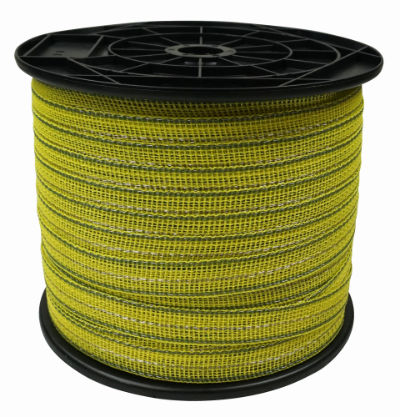
Electric fence tape is available in several widths, the most common being 10 or 12 mm, 20 mm, and 40 mm. Electric fence tape is particularly suitable for horses, as it is highly visible and also serves as an excellent visual barrier. The different colors should also be considered; some animals don't see colors the way we humans do (for example, it is believed that horses can primarily see green and blue, so a red electric fence tape would not be very visible!). The disadvantage of electric fence tape is that it is somewhat more susceptible to wind and can sag or even tear under heavy snow loads.
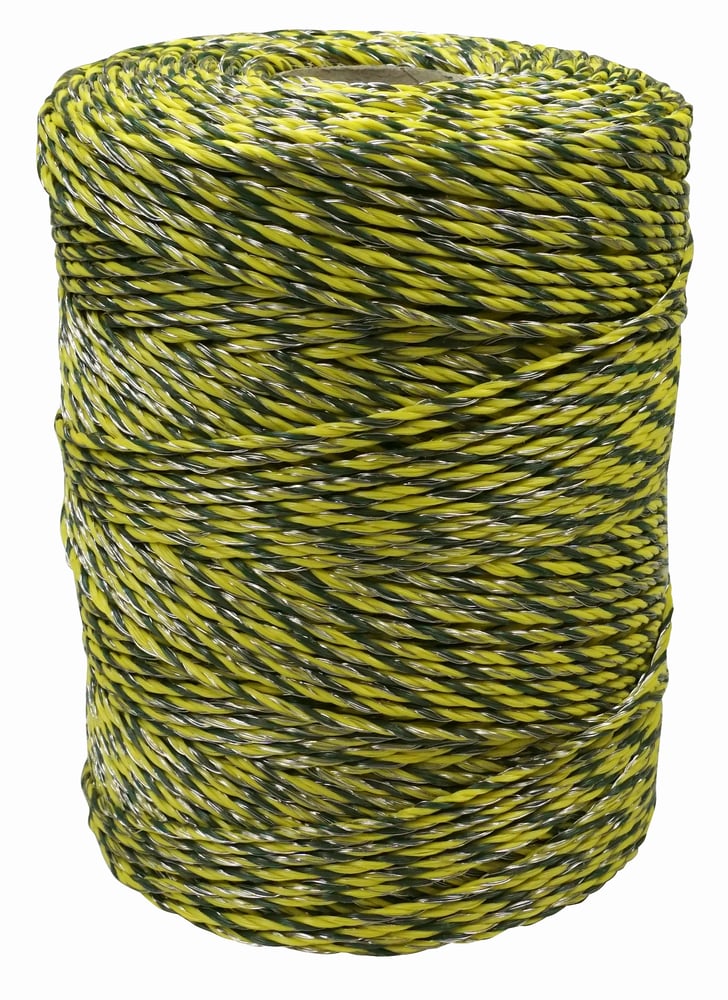
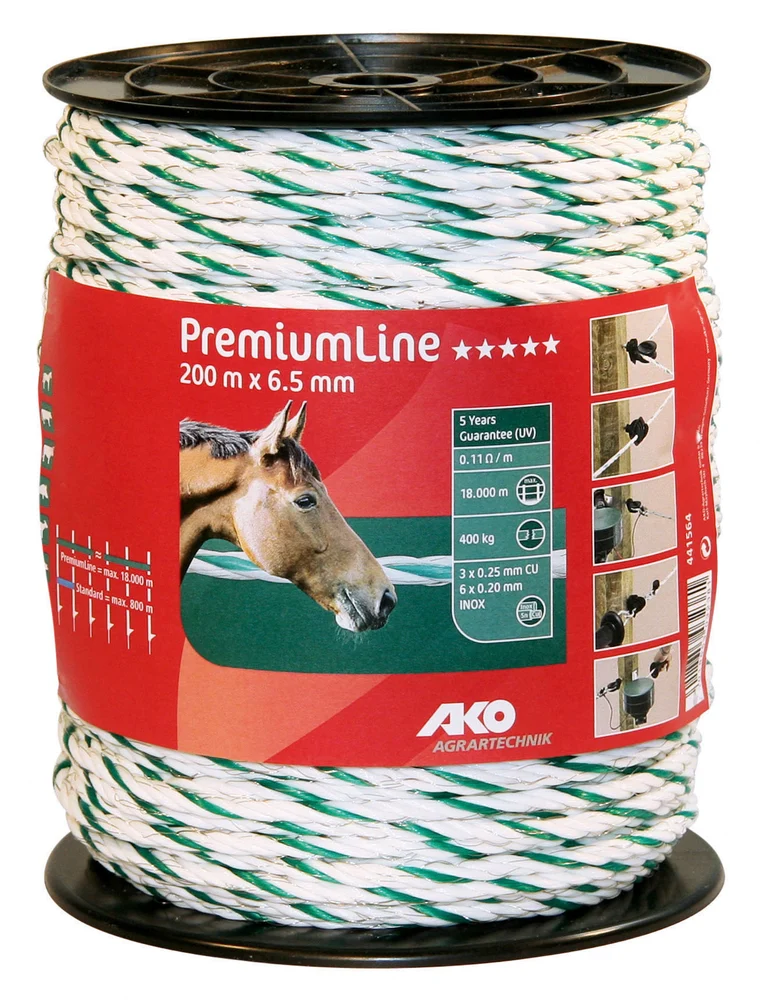
Electric fence polywires consist of several thin stainless steel or copper wires that are woven into a sturdy mesh.
Electric fence ropes are similar to polywire, but are made of thicker and more robust materials such as polyethylene or polyester. These ropes are particularly durable and resistant to weathering. They offer high visibility and are available in a variety of colors to reduce the risk of collisions.
Electric fence polywires and ropes usually have a diameter between 2 and 8 mm and are suitable for all animal species. They are relatively easy to install, as they can be wound onto a spool and unwound again.
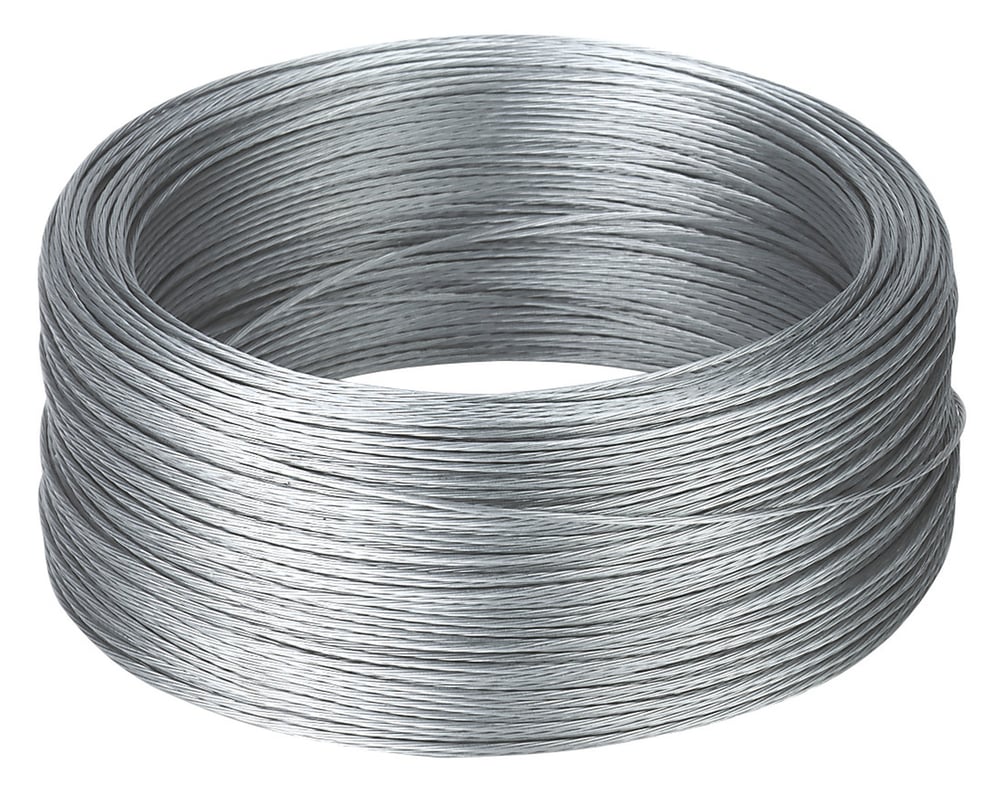
Electric fence wire is often used in agriculture to keep cattle, horses, sheep, and other livestock safely in pasture. It can also be used for temporary fencing to keep animals away from certain areas or to protect delicate plants. Electric fence wire is typically made of high-quality steel wire covered with a special plastic insulation. This insulation protects the wire from the elements and prevents the animal from direct contact with the electric current flowing through the wire. Electric fence wire is set up along the boundaries of the pasture and can be attached to wooden or metal posts. To make the fence effective, an electrical voltage is applied to the wire. This voltage can be generated by a battery-powered or mains-powered energizer.
When selecting a conductor material, there are a few basic parameters to consider. These important properties are always listed in the table next to the product description in the catalog and online shop.
Number of conductors: As the name suggests, the more conductors a fence tape or rope has, the better the current conducts. Conductors are available in varying quality levels, with different manufacturers sometimes using their own very strong and durable materials. However, the most common materials are stainless steel or copper.
Breaking load: Especially for large, heavy, or difficult-to-herd animals, you should consider the breaking load when selecting a conductor. For example, a wire intended for a bull will certainly not require the same breaking load as one intended for poultry. :-)
Resistance in ohms/m: This is actually the most important characteristic of an electric fence wire and indicates the resistance. This means that the lower the resistance, the better the conductivity. Therefore, an electric fence wire with a value of 0.09 ohms/m, for example, conducts electricity much better than one with a value of 13 ohms/m.
Correct attachment and connection
When attaching conductors, always use good insulators that are not broken or otherwise damaged! When attaching conductors to the fence, be careful not to knot the conductors. Although this is common practice, please use connectors or tensioners instead to ensure that the current can flow freely through the fence. This will be necessary if a conductor breaks or at the end of a coil.
Please don’t do this:
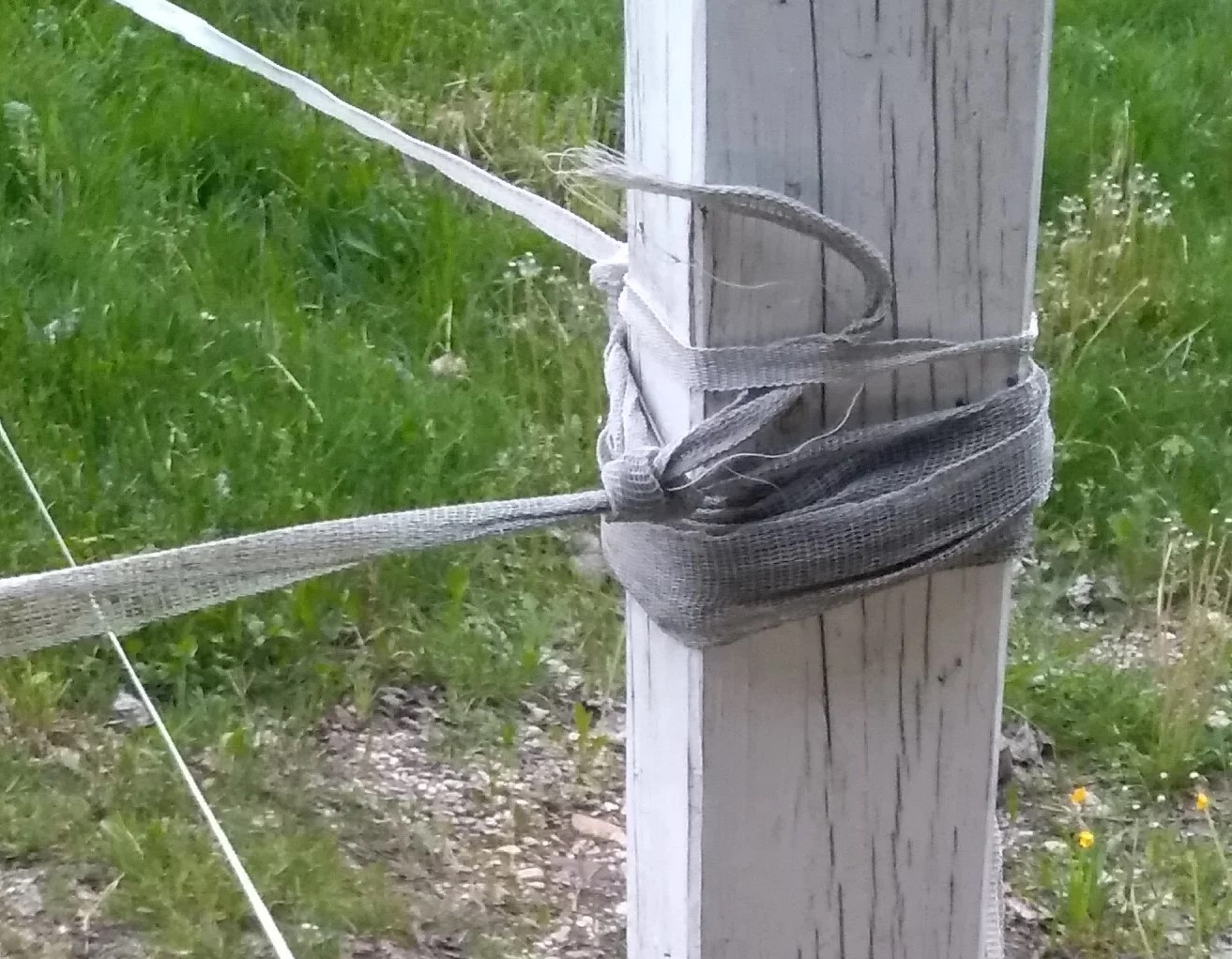
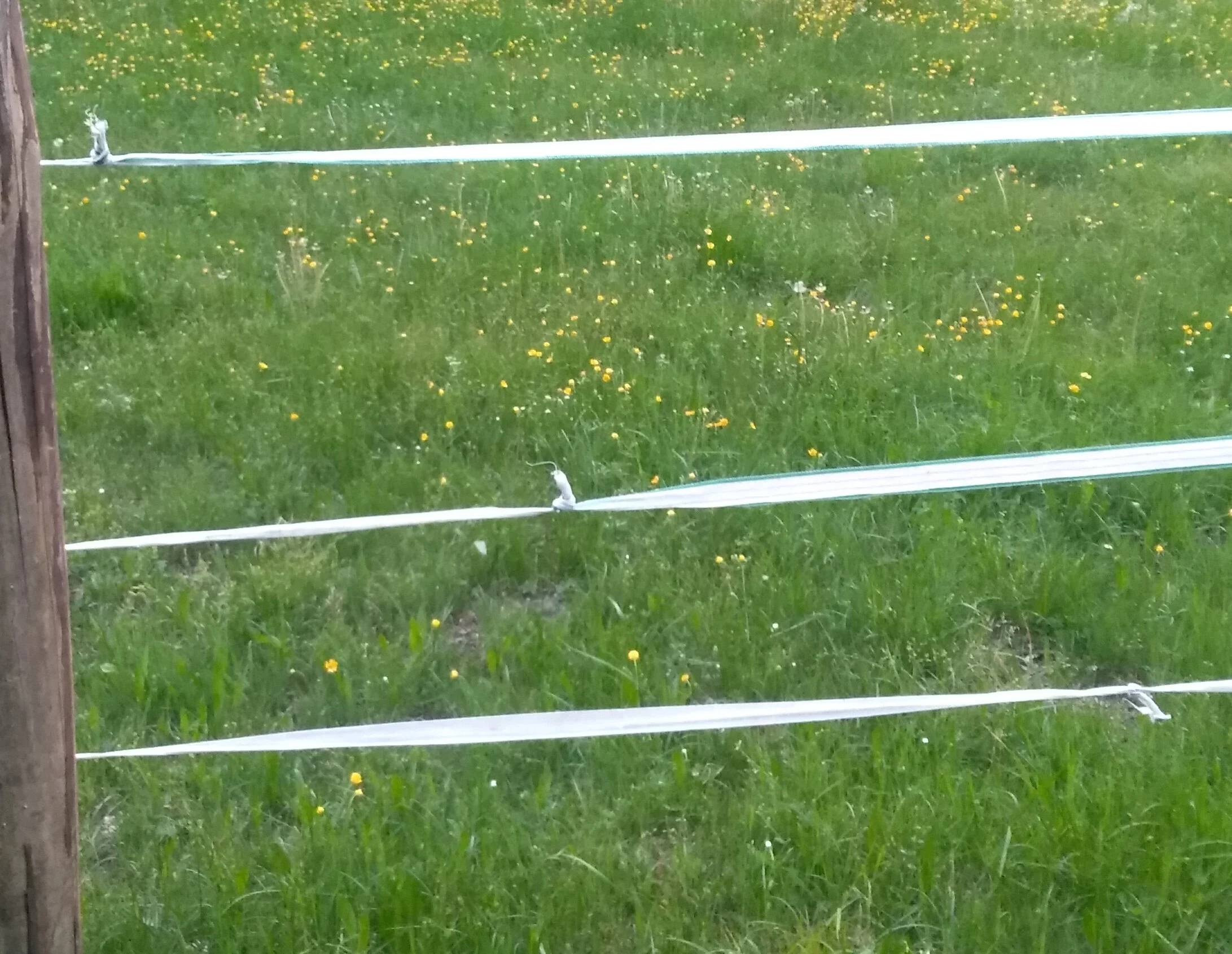
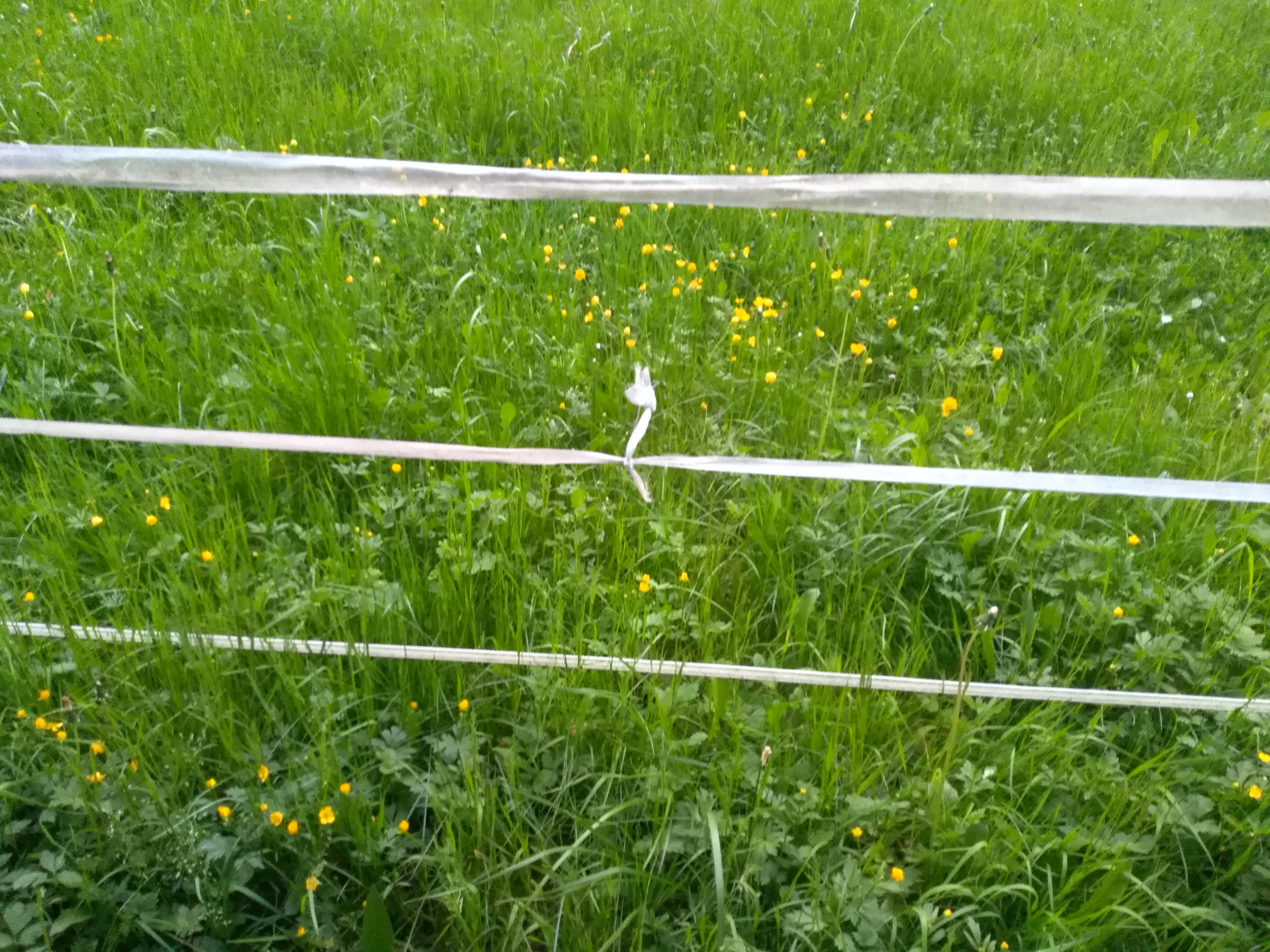
To ensure a continuous current flow and thus the safety of the herds, the conductors of fences with multiple rows should be connected to each other every 100 meters. Connectors or couplings are also used for this purpose.
You can find all products on this topic here: conductor
